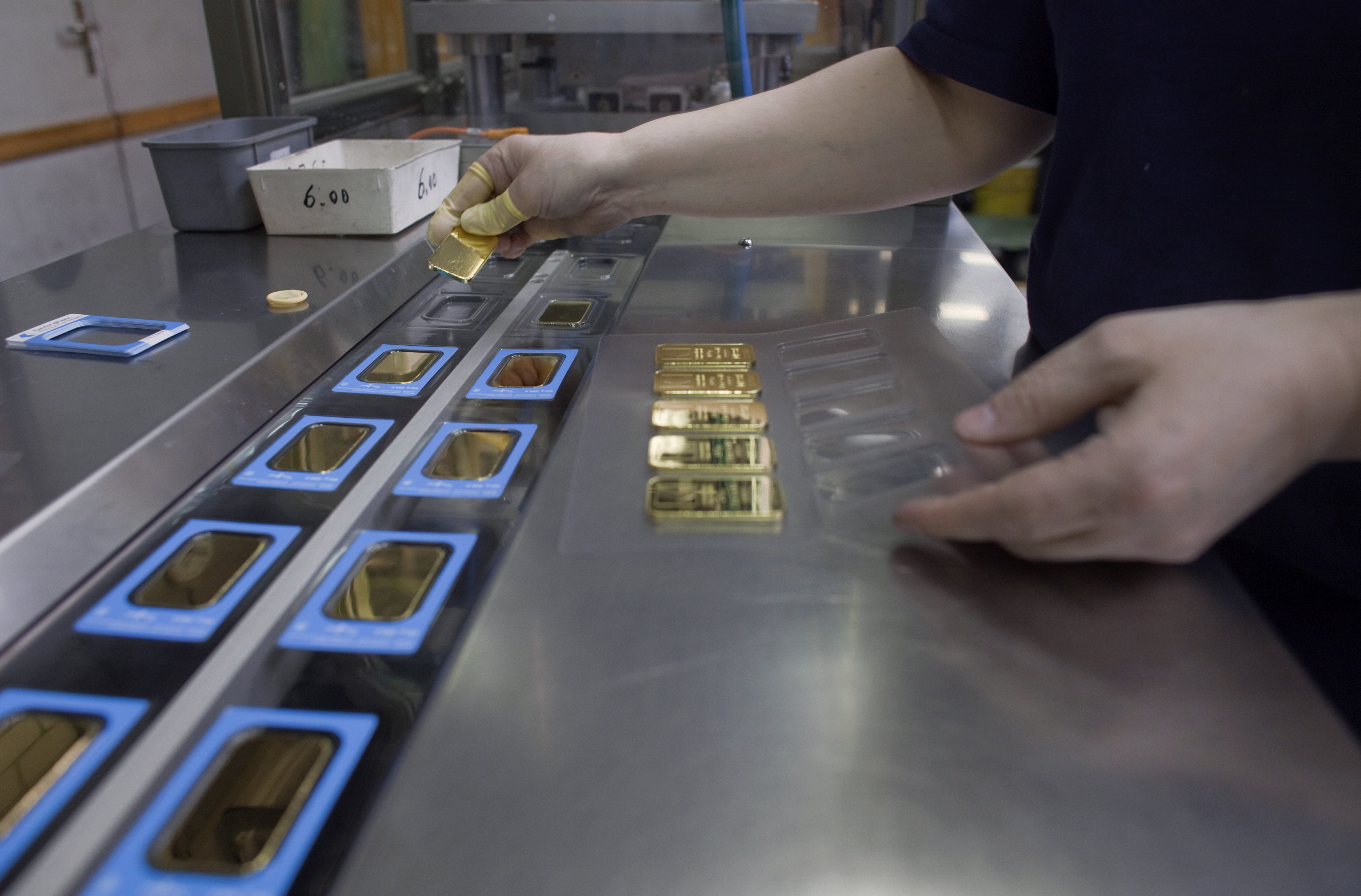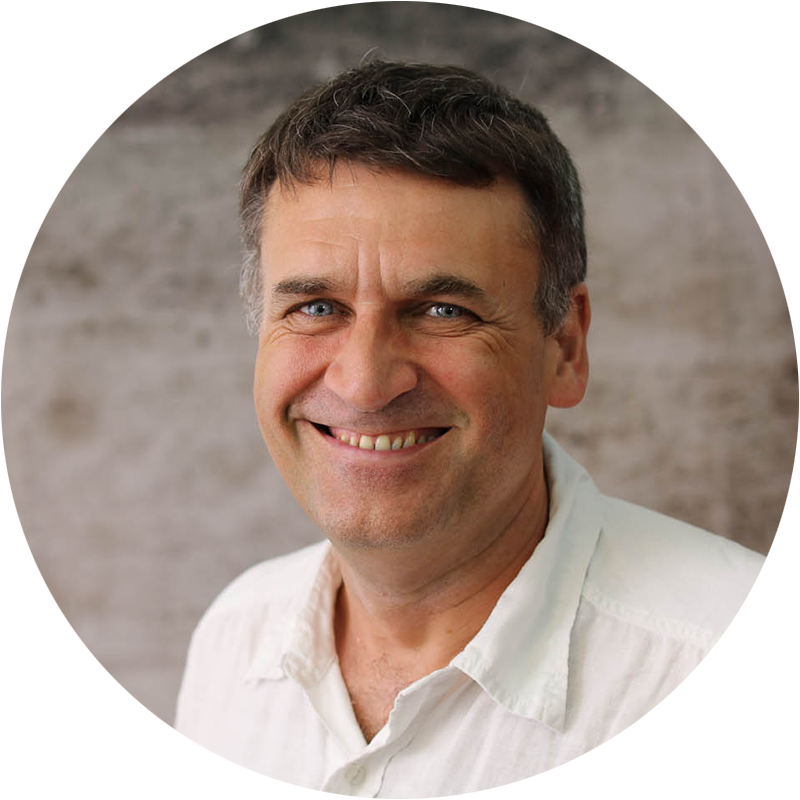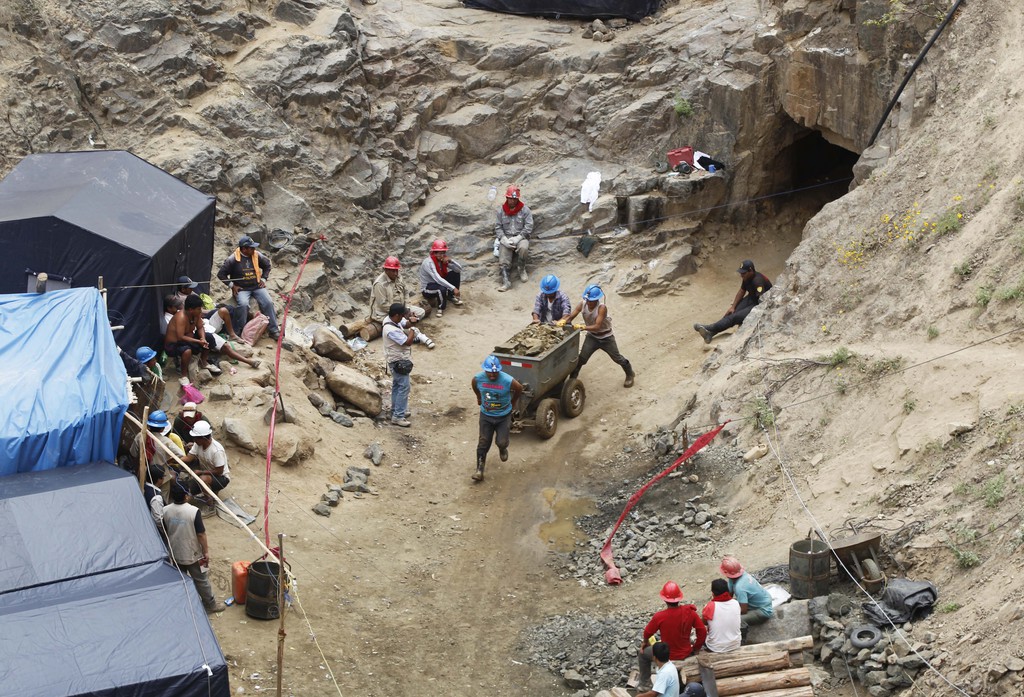Switzerland: the world’s gold hub

Most of the gold produced in the world transits physically through Switzerland, and in particular Ticino. Four of the world’s major refineries of gold are located on Swiss soil.
It is difficult to visualise the enormous quantity of gold that arrives in Switzerland every year. In 2011, over 2,600 metric tons of raw gold were imported into the country, to a total value of SFr96 billion ($103 billion). This was a record, the quantity having more than doubled over the last ten years, not including the gold that transits through Swiss free ports.
To get an idea of Switzerland’s profile in the sector of gold refining and trading, consider another figure: the production of gold from all the mines in the world in 2011 amounted to 2,700 metric tons, according to data from the US Geological Survey.
If to this figure you add the gold coming from small businesses all over the world, which say “we buy gold,” and from illegal mines – a figure not considered in official statistics, – it would appear that two thirds of the world’s gold transits through Switzerland.
“In an average year, Switzerland refines about 70 per cent of world gold,” according to Frédéric Panizzutti, spokesman of MKS (Switzerland) SA, a Geneva-based company, which specialises in gold trading and which owns the Pamp refinery in Castel San Pietro, Ticino.
Four out of six
“If you look at the refineries on the Good Delivery List, six have 90 per cent of the volume. Four of them are based in Switzerland,” he adds, backing up his statement: The Good Delivery List is a quality certification of the London Bullion Market Association, LBMA, the trade association for the gold market.
So, it is most likely that the ring you wear on your finger or the ingot you keep in your bottom drawer was made with gold refined by Valcambi in Balerna, Pamp in Castel San Pietro, Argor-Heraeus in Mendrisio or Metalor in Neuchâtel.
How was Switzerland able to carve out such a commanding position? “The answer is very simple,” says Panizzutti. “This country has an exceptional level of security and efficient logistic and financial systems. These are highly important factors in the precious metals sector.”
Like Bordeaux to wine
Switzerland is to gold like Bordeaux is to wine, notes Gilles Labarthe, journalist and author of a book on African gold . “Apart from its long historical tradition, all the infrastructures and required services are in place.”
“As well, it should not be forgotten that the gold market in Zurich is a very important one,” Labarthe said. “And up to a few years ago the main industry lobby, the World Gold Council, was based in Geneva.”
The reputation of the “Swiss made” brand as a synonym for quality is fully justified as regards gold, says Labarthe. “Gold is refined in accordance with the rule of “four nines” or 99.99 per cent, an exceptional grade of purity. To have an ingot refined in Switzerland is a guarantee of quality anywhere you go,” he explains.
“A refinery produces not just gold bars, but semi-finished products, like coins and medals, which require a high degree of precision. Switzerland has always maintained itself at the top as regards quality and there is no reason why that should change now,” notes Panizzutti, who draws a parallel between gold refining and watchmaking in Switzerland.
It is not a coincidence, therefore, that three out of five refineries in the world, to which the LBMA has given the title “Referee” of quality control for gold refined by the industries belonging to the association, are based in Switzerland: Pamp, Argor-Heraeus and Metalor.
Ticino lead
The refineries are mainly service providers. “As a rule these foundries get the gold from their customers and refine it to the standard grade of purity. The customer then decides whether to take the gold back or sell it on the market or to the refinery,” explains Panizzutti.
If you look at the geographical location of the main Swiss refineries, it is striking that they are all concentrated within a few square kilometres. Apart from Metalor, which is located in Neuchâtel; the other three are in the Mendrisiotto area, in the south of canton Ticino, just across the Italian border.
The main reason for this is a historical one. “In the 1970s and 1980s, Italy was the world’s top producer of jewellery, and it got its supplies of refined gold from Ticino,” indicates Valcambi of Balerna, a company that is now owned by Newmont Mining Corporation of the US.
What keeps the Swiss refineries going at full pace right now is not so much the demand for semi-finished products for jewellery and watchmaking, but the demand for gold bars.
“In the last ten years, the price of gold has quadrupled,” notes Panizzutti. “Today gold plays a key role in preserving capital. Given the lack of trust in the financial markets, it is considered a kind of insurance because it has no credit risk attached. You can print money as much as you like, but you can’t print gold.”
In 2011, over 2,600 metric tons of raw gold were imported into Switzerland, to a value of over SFr96 billion, according to figures from the federal customs administration. This is the highest figure ever recorded.
The year before, imports had reached 2,326 metric tons (SFr70 billion).
Between 1990 and 2007, Switzerland imported between 1,000 and 1,600 metric tons of gold per year, with a value varying between SFr15.7 billion (1994) and SFr32 billion (2007).
Six Swiss companies belong to the Good Delivery List of the London Bullion Market Association, which means that they meet all the standards set by this London-based industry watchdog.
Valcambi SA of Balerna, founded in 1961 and now owned by the US group Newmont Mining Corporation, has an annual refining capacity of about 1,400 metric tons. It has a staff of 165.
Pamp SA of Castel San Pietro (1977 – MKS SA Geneva) has an annual refining capacity of 450 metric tons. It has a staff of 160.
Argor-Heraeus SA of Mendrisio (founded 1951) has an annual refining capacity of 400 metric tons. It has a staff of 230 in Switzerland, Germany, Italy and South America.
Metalor TechnologiesSA, located in Neuchâtel, has existed since 1852 under the name Martin de Pury & Cie. Today, the group has a staff of 1,650 around the world. It has an annual refining capacity of about 650 metric tons.
Other than the four large refineries, Cendres + Metaux SA in Biel and PX Précinox SA in La Chaux-de-Fonds are also affiliated with the LBMA. These two firms have not disclosed annual refining capacities.
Source: goldbarsworldwide.com
(translated by Terence MacNamee)

In compliance with the JTI standards
More: SWI swissinfo.ch certified by the Journalism Trust Initiative













You can find an overview of ongoing debates with our journalists here . Please join us!
If you want to start a conversation about a topic raised in this article or want to report factual errors, email us at english@swissinfo.ch.